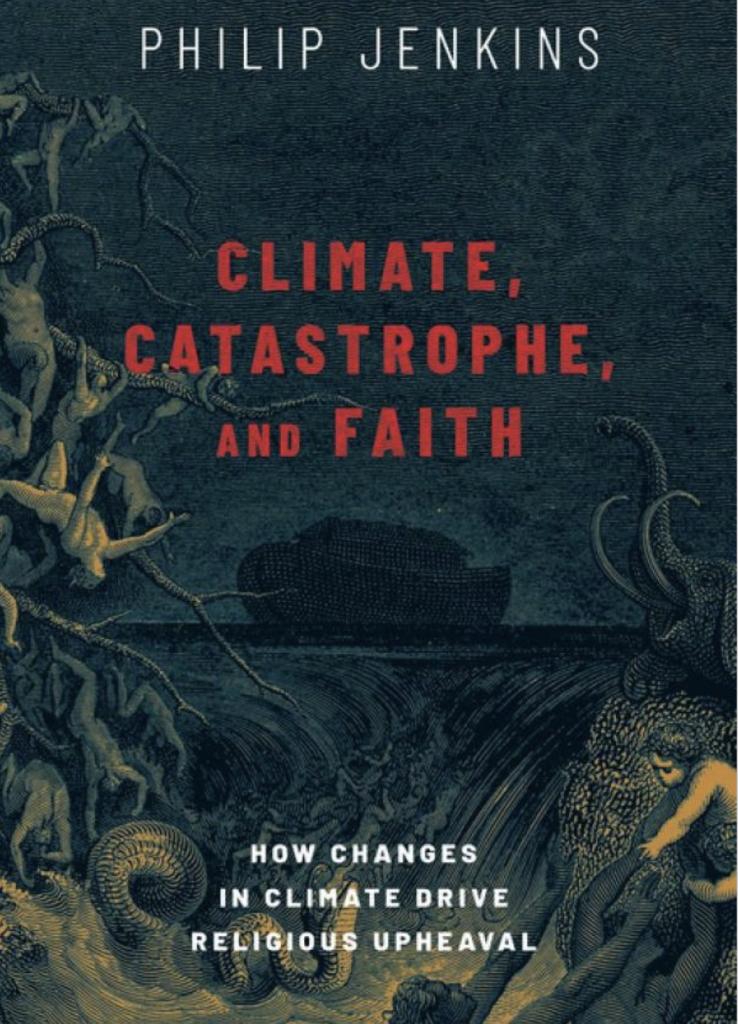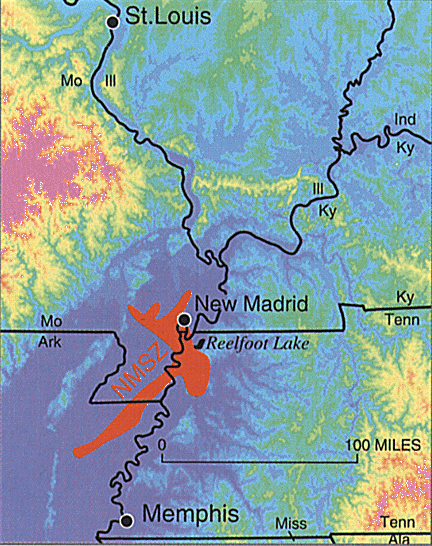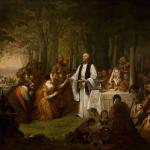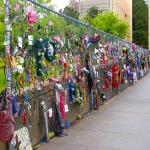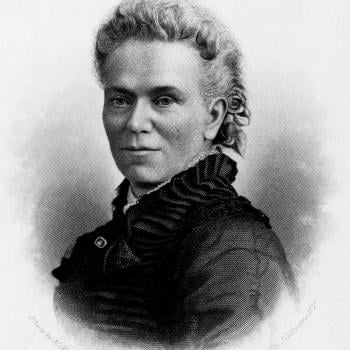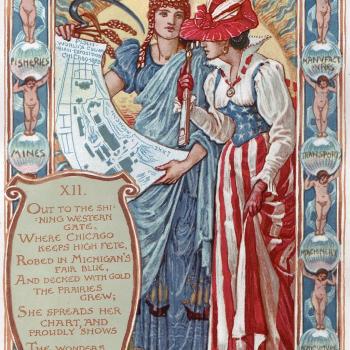In 2021 I published the book Climate, Catastrophe, and Faith: How Changes in Climate Driven Religious Upheaval (Oxford University Press). I argued that throughout history, climate-driven disasters have had dramatic and often destructive effects on human societies worldwide. Those traumas have often manifested in spiritual forms, driving great revivals and apocalyptic movements, and inciting the persecution of minority groups and scapegoats. Most scholars would accept that basic argument about the effects of climate, but here I am going to venture into relatively uncharted territory, where I know I am speculating. I am going to ask very tentative questions about earthquakes. These are genuine questions to which I do not know the answer.
Recent histories of climate have placed special emphasis on the impact of volcanic eruptions, which can change temperatures worldwide, and gravely affect food supplies. That in turn drives political unrest, and sparks revolutions and religious upheavals. Volcanoes are classified into an eight point scale, the VEI or Volcanic Explosivity Index (VEI), which is similar to the better-known Richter scale for earthquakes. The famous Krakatoa blast of 1883 was a 6, a “colossal,” and “super-colossals” of 7 are fortunately rare. One such occurred at Tambora (in modern Indonesia) in 1815. The catastrophic effects lingered for several years, as has been very well studied in multiple books and scholarly articles: Europe and North America were both very hard hit.
But let me shift focus slightly, to suggest that the world was in an even more turbulent state than this might suggest, and actually for over a decade before Tambora. We know that another still unlocated eruption occurred, presumably in the Pacific, in 1808–1809, which was at least in the “colossal” 6 range of explosivity, and several lesser blasts followed over the next few years.
Together, that contributed to some years of global cooling, and social distress. The United States recorded such bizarre happenings as New England’s incredible Cold Friday in 1810, when temperatures dropped by sixty or more degrees Fahrenheit within a single day. The American winter of 1812 was appallingly cold, and as Napoleon discovered in his expedition to Moscow, Russian conditions were at least as bad.
So much is established, but let me here note something much more tentative. Over a period of months in 1811–1812, New Madrid, Missouri, was the epicenter of a series of historically enormous tremors, the most intense of which was an 8 on the Richter scale. Distant echoes were felt as far afield as Boston.
Here is a contemporary account:
On the 16th of December, 1811, about two o’clock, a.m., we were visited by a violent shock of an earthquake, accompanied by a very awful noise resembling loud but distant thunder, but more hoarse and vibrating, which was followed in a few minutes by the complete saturation of the atmosphere, with sulphurious vapor, causing total darkness. The screams of the affrighted inhabitants running to and fro, not knowing where to go, or what to do—the cries of the fowls and beasts of every species—the cracking of trees falling, and the roaring of the Mississippi— the current of which was retrograde for a few minutes, owing as is supposed, to an irruption in its bed— formed a scene truly horrible.
Just imagine how something like that would be interpreted in a world that still believed heavily in Divine Providence, in God’s Judgment, and the reality of hellfire. It is scarcely surprising that the tremors inspired a wave of apocalyptic concern and religious revivalism through the Ohio and Tennessee Valleys, the “Earthquake Revivals.” The tremors persuaded Native tribes to support the millenarian movement led by Tecumseh and his brother, the Shawnee Prophet Tenskwatawa.
I am naturally struck by the fact that the New Madrid event occurred right in the middle of such a time of volcanic hyperactivity, which actually spanned the years from 1808 through 1820. Was that just a coincidence? Is there any possible way that the volcanoes could have stimulated that earthquake, or did the two reflect some common underlying trend?
In the modern literature on volcanoes and their effects, the possible linkages to earthquakes are drawn quite patchily. However, volcanoes drive extreme weather, and a growing academic literature suggests that very heavy storms, particularly typhoons or cyclones, correlate closely with earthquakes. The mechanisms are unclear. Perhaps the atmospheric disturbance created by storms increases stress on the earth’s crust, detonating quakes on faults that were already close to releasing pressure. Perhaps torrential rains and heavy flooding lubricate faults, or else they cause erosion that reduces the amount of soil pressing down on faults.
I add one other factor, namely the fluctuating levels of energy emitted by the Sun at particular times, which is closely tied (among other things) to the El Niño cycle in the Pacific. Times of very low energy, as measured by sunspots, coincide with frequent and massive volcanic eruptions, as occurred in the later seventeenth century. The other great period of low energy and rare sunspots, the Dalton Minimum, occurred between 1780 and 1820, which coincided nicely woith that upsurge of volcanoes, and the great earthquake. I ask seriously, as I don’t know the answer: could such global changes drive earthquakes, and provoke something the New Madrid events? What would be the mechanism?
Are the volcanoes really unrelated to that earthquake? If it is a coincidence, it is a very large one.
One moral of the whole study must be: don’t try and write the history of popular religious movements without full awareness of climate factors.


